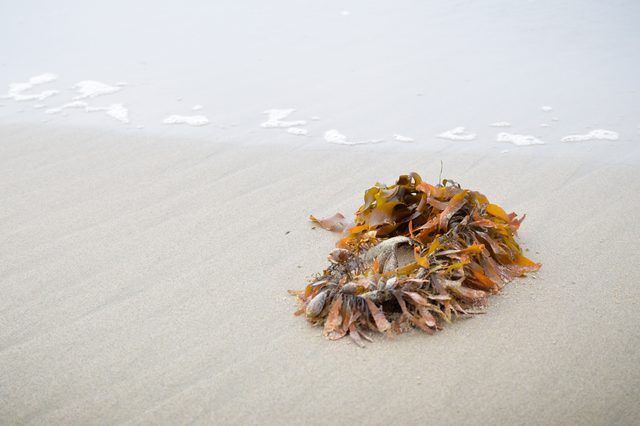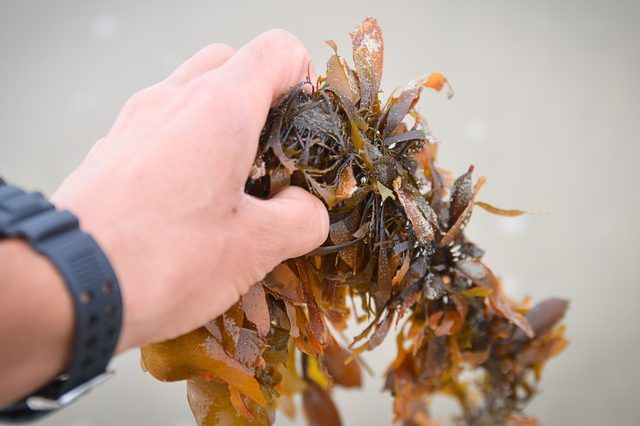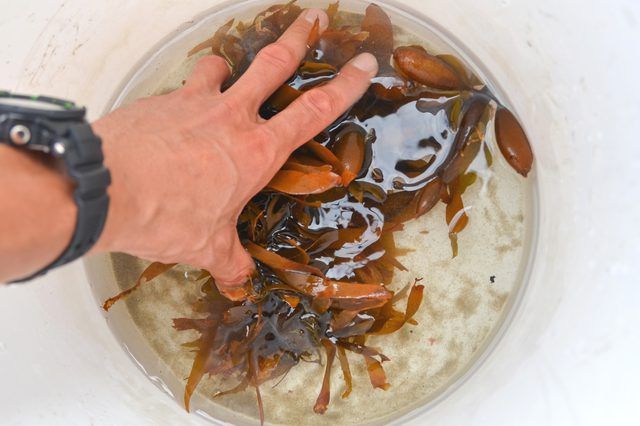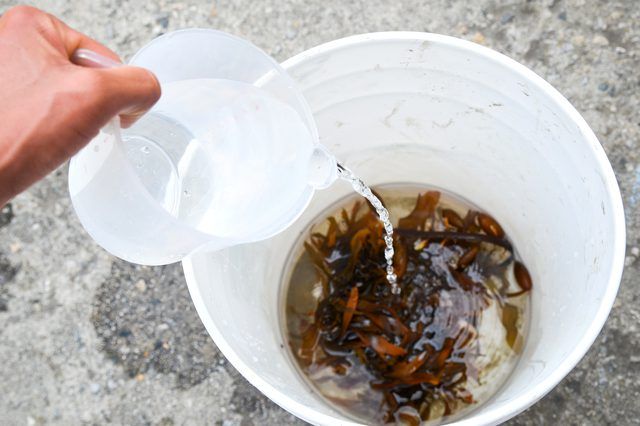Bulbs
Flower Basics
Flower Beds & Specialty Gardens
Flower Garden
Garden Furniture
Garden Gnomes
Garden Seeds
Garden Sheds
Garden Statues
Garden Tools & Supplies
Gardening Basics
Green & Organic
Groundcovers & Vines
Growing Annuals
Growing Basil
Growing Beans
Growing Berries
Growing Blueberries
Growing Cactus
Growing Corn
Growing Cotton
Growing Edibles
Growing Flowers
Growing Garlic
Growing Grapes
Growing Grass
Growing Herbs
Growing Jasmine
Growing Mint
Growing Mushrooms
Orchids
Growing Peanuts
Growing Perennials
Growing Plants
Growing Rosemary
Growing Roses
Growing Strawberries
Growing Sunflowers
Growing Thyme
Growing Tomatoes
Growing Tulips
Growing Vegetables
Herb Basics
Herb Garden
Indoor Growing
Landscaping Basics
Landscaping Patios
Landscaping Plants
Landscaping Shrubs
Landscaping Trees
Landscaping Walks & Pathways
Lawn Basics
Lawn Maintenance
Lawn Mowers
Lawn Ornaments
Lawn Planting
Lawn Tools
Outdoor Growing
Overall Landscape Planning
Pests, Weeds & Problems
Plant Basics
Rock Garden
Rose Garden
Shrubs
Soil
Specialty Gardens
Trees
Vegetable Garden
Yard Maintenance
Making Seaweed Fertilizer
Making Seaweed Fertilizer. Coastal gardeners around the world have made seaweed fertilizers for years. As plants themselves -- technically, algae -- seaweeds contain the nutrients that fuel plant growth. Nutrient compositions vary depending on the species of seaweed involved, but most U.S.-gathered seaweed contains measurable amounts of nitrogen,...
Coastal gardeners around the world have made seaweed fertilizers for years. As plants themselves -- technically, algae -- seaweeds contain the nutrients that fuel plant growth. Nutrient compositions vary depending on the species of seaweed involved, but most U.S.-gathered seaweed contains measurable amounts of nitrogen, phosphorus and potassium, as well as calcium, magnesium and many trace elements. Seaweeds can be composted into nutrient-rich fertilizer or steeped to make mild, but nutritious plant teas.

You don't have to live near an ocean to gather "seaweed" for your own fertilizer. Any aquatic plants may be used, whether from freshwater ponds or the seashore. Seaweed may seem like unwanted waste when lying at the water's edge, but never gather the plants from private or public land without permission. Many municipalities restrict seaweed gathering or require a permit. Gather only those weeds that have washed up on shore so aquatic ecosystems are not affected. Seaweed farthest from the water line usually will be driest and leached from some of its salts. Never gather from sites known to be polluted.

Wash seaweed thoroughly to remove salts and sand unless you use freshwater seaweed. Put the seaweed in a large bucket or garbage can, and fill the can with water. Swirl the seaweeds to cleanse them, then dump the water and repeat. Drain or dry the cleansed seaweed, then cut it into small pieces, which decompose more quickly. Use garden shears or loppers, and sterilize the blades with household disinfectant when you're through. Add seaweed to your compost bin in 2-inch layers between 4- to 6-inch layers of dry brown matter, such as leaves or straw. This prevents slimy decomposition and odor. Turn the pile weekly. Fully composted, seaweed becomes nutritious, garden-ready fertilizer.

Composting concentrates the nutrients from fresh seaweed into dry, composted matter. Seaweed compost serves as a low-level, slow-release fertilizer and valuable organic soil amendment. Incorporated into your garden soil, seaweed compost conditions soil much like peat moss does, but without peat's acidity. At near-neutral to slightly alkaline pH, composted seaweed improves soil structure, texture and aeration while providing small doses of primary and secondary plant macronutrients, micronutrients and trace elements. Seaweed compost can also be used as an organic mulch to retain soil moisture and deliver gentle nutrition as it decomposes.

For liquid fertilizer, start with cleansed seaweed and add water. Use 1 part seaweed to 10 parts water by weight, or use 1 part seaweed to 4 parts water by volume. Keep the solution at room temperature, and stir once each day. At the end of three days, most of seaweed's soluble nutrients are extracted. Strain the solution for use as foliar spray or soil drench. Use the tea within one to two days. When fermentation sets in, so do odor and rapid pH changes. Seaweed tea has near-neutral pH with nutrients comparable to a 0.3-0.9-0.8 fertilizer. The nutritional lift is slight, but beneficial.
